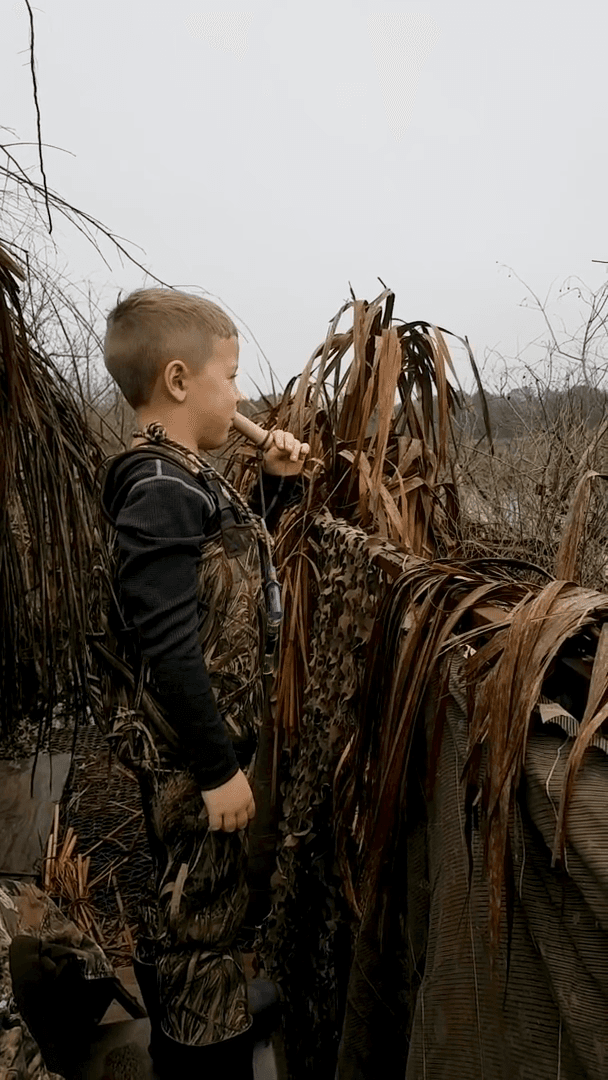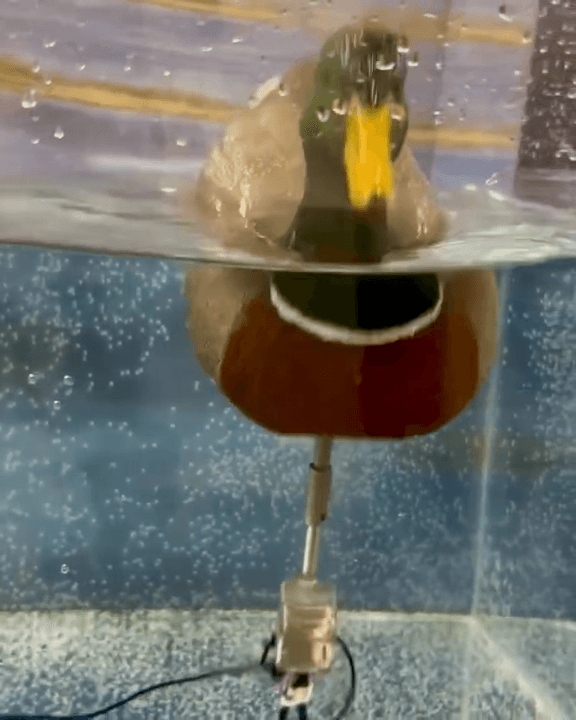
Ducks Unlimited (DU) DU began in 1937 during the Dust Storm, when the waterfowl population in drought-stricken North America plummeted to unprecedented lows. Determined not to sit idly by while the continent's waterfowl population dwindled with no possibility of recovery, a small group of sportsmen banded together to form an organization that became known as Ducks Unlimited. Its mission: habitat conservation Thanks to decades of following this unified mission, Ducks Unlimited is now the world's largest and most effective private waterfowl and wetlands conservation organization. DU is able to carry out its work multilaterally through a number of partnerships with individuals, landowners, agencies, scientific communities, and other organizations. Address: Ducks Unlimited National Headquarters in Memphis, Tennessee is open for tours 8 a.m. - 5 p.m. Monday through Friday. Ducks Unlimited, Inc. One Waterfowl Way Memphis, Tennessee USA 38120 Phone: +18004538257 Website: https://www.ducks.org/
Post: 4 April 14:36































